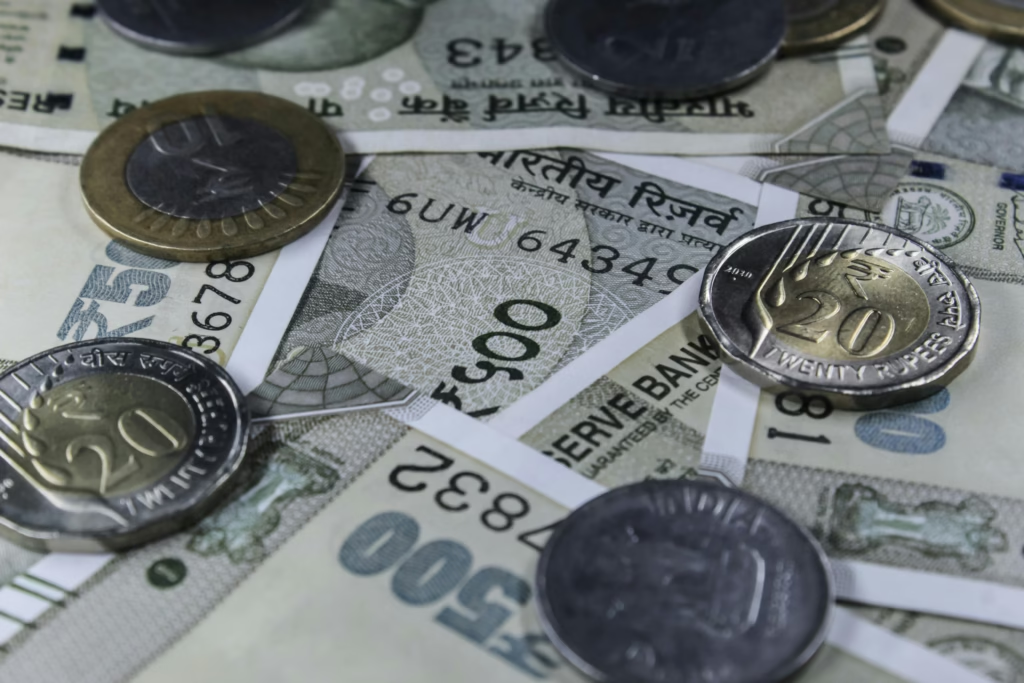Emotions First, Money Later: Why We Take Personal Loans

Personal loans are no longer restricted to handling emergencies or fulfilling basic necessities. A growing number of borrowers are now using them for emotionally driven and lifestyle-based expenses—such as travel, electronics, or commemorating special occasions like weddings, birthdays, and anniversaries. This shift highlights how access to credit is increasingly linked to emotional gratification and spontaneous spending.
Lifestyle Lending on the Rise
Over 40% of personal loan requests today are connected to lifestyle and sentiment-based expenses—ranging from home renovations to celebratory events—rather than urgent financial needs. This marks a change in borrower mindset, where aspirational goals are steering demand for credit. Lenders and financial platforms must recognize this behavioral transformation when evaluating borrower intentions and associated risks.
Tech-Driven Borrowing: A Double-Edged Sword
With India’s digital lending ecosystem advancing rapidly, major fintech players and non-banking finance companies (NBFCs)—like Bajaj Finance, L&T Finance, Muthoot, and Shriram Finance—are offering instant disbursals via mobile apps, often within minutes. This frictionless process has made it incredibly easy to borrow funds, even at emotionally vulnerable or impulsive moments.
As a result, many individuals apply for loans spontaneously—often driven by excitement or emotional distress. Due to limited financial literacy and poor planning, these loans frequently end up funding non-essential or short-term desires.
Defaults Rising in Smaller Loans
Smaller loan segments, particularly under ₹10,000, are experiencing a spike in default rates, especially across semi-urban and rural pockets. In this category, private banks have seen gross non-performing asset (NPA) ratios rise to between 1.42% and 4.7%. Experts anticipate this strain might ease gradually toward the year-end.
Fintech lenders are reporting 90-day delinquency rates averaging 3.6%, with rural regions showing higher stress (4.1%) compared to urban areas (3.3%). These trends point toward a pattern where emotional spending and poor financial discipline are major contributors to repayment failures.
Risk Concentrated, But Outlook Stable
Despite these concerns, the issue seems localized to specific geographies and borrower profiles. Global credit rating agency Moody’s expects India’s overall banking asset quality to remain sound, projecting non-performing assets to stay within 2–3% over the next year, helped by strong domestic performance and effective regulatory oversight.
Still, emotionally charged borrowing behavior can push individuals into recurring debt cycles—leading to mounting EMIs and reduced ability to repay over time.
Managing Borrowing: A Smarter Approach
Apart from the borrowed amount itself, factors such as repayment consistency and frequent loan applications now significantly impact a person’s creditworthiness. This highlights the need for borrowers to follow disciplined financial habits—like dividing income into essentials, discretionary spending, and savings.
Setting clear boundaries between needs and wants, and avoiding emotion-led purchases on credit, are essential to maintain financial health and avoid unnecessary debt.


